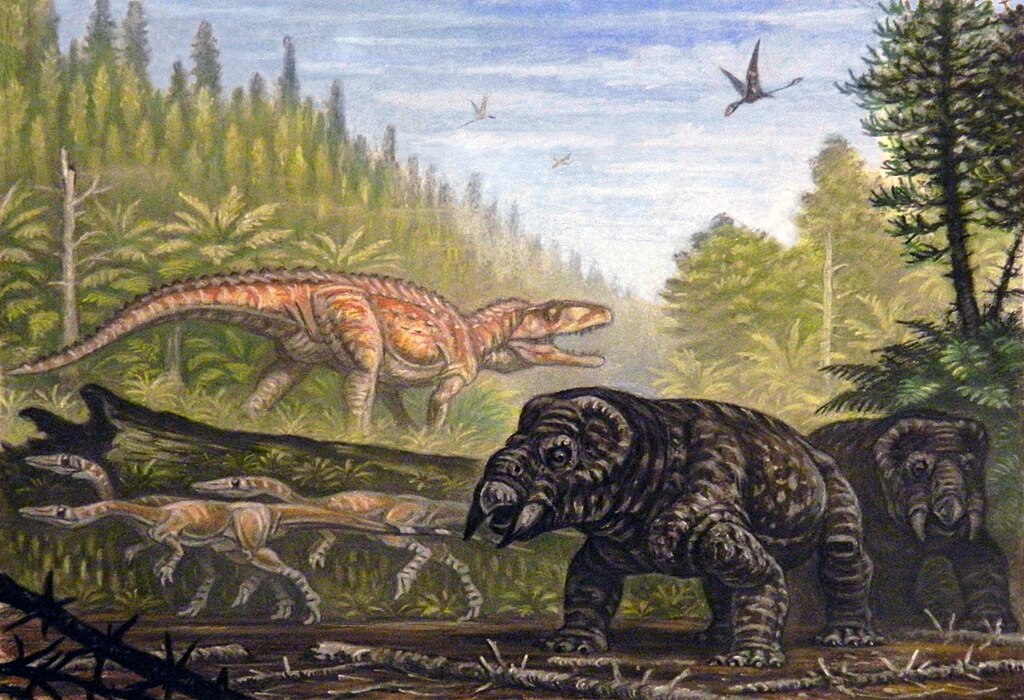The red rocks of northeastern Utah hold secrets that stretch back millions of years, and nowhere is this ancient drama more vividly brought to life than at the Utah Field House of Natural History State Park Museum in Vernal. Nestled in the heart of dinosaur country, this remarkable institution serves as a gateway to understanding the prehistoric worlds that once dominated this landscape. From the moment you step through its doors, you’re transported on a journey through deep time, where massive reptiles ruled the earth and the very ground beneath your feet tells stories of ancient seas, rivers, and forests.
The Birth of a Paleontological Paradise

The Utah Field House Museum opened its doors in 1948, born from a simple yet profound mission: to showcase the incredible fossil wealth hidden within the rocks of the Uinta Basin. What started as a modest collection has evolved into one of the most comprehensive displays of regional paleontology in the American West. The museum’s founders recognized something extraordinary about this corner of Utah – the rocks here preserve an almost unbroken record of life spanning over 150 million years. This geological jackpot made Vernal a natural choice for a world-class paleontological museum. The timing couldn’t have been better, as the post-World War II boom in science education created a hungry audience for museums that could make complex scientific concepts accessible to everyday visitors.
A Geological Time Machine in the Uinta Basin
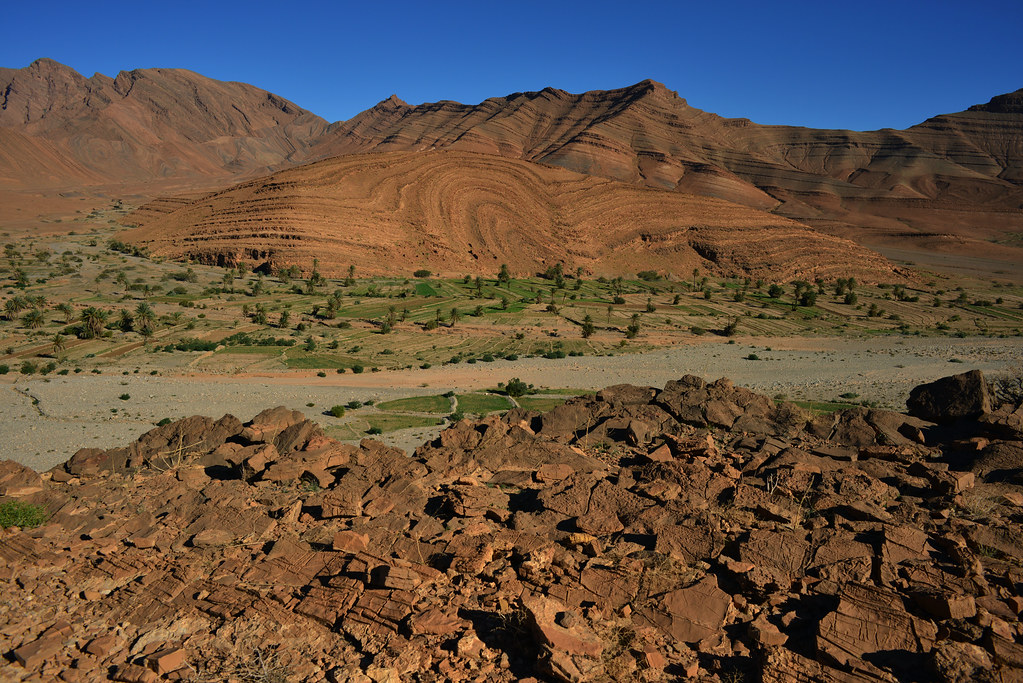
The Uinta Basin surrounding Vernal is essentially a massive geological bowl filled with layer upon layer of sedimentary rocks, each one representing a different chapter in Earth’s history. These formations read like pages in an ancient book, with the Morrison Formation revealing the Jurassic Period’s lush landscapes and the Green River Formation preserving a detailed record of Eocene lake ecosystems. The museum serves as the perfect interpreter for this natural library, helping visitors understand how each rock layer formed and what it tells us about ancient climates, environments, and life forms. Standing in the museum’s halls, you’re literally surrounded by evidence of tropical seas that once covered Utah, vast river systems that carved through primordial landscapes, and the creatures that called these ancient worlds home. The sheer scope of time represented here – from roughly 200 million years ago to just a few thousand years back – is almost impossible to grasp without the museum’s expert guidance.
Dinosaur Gallery: Where Giants Come to Life
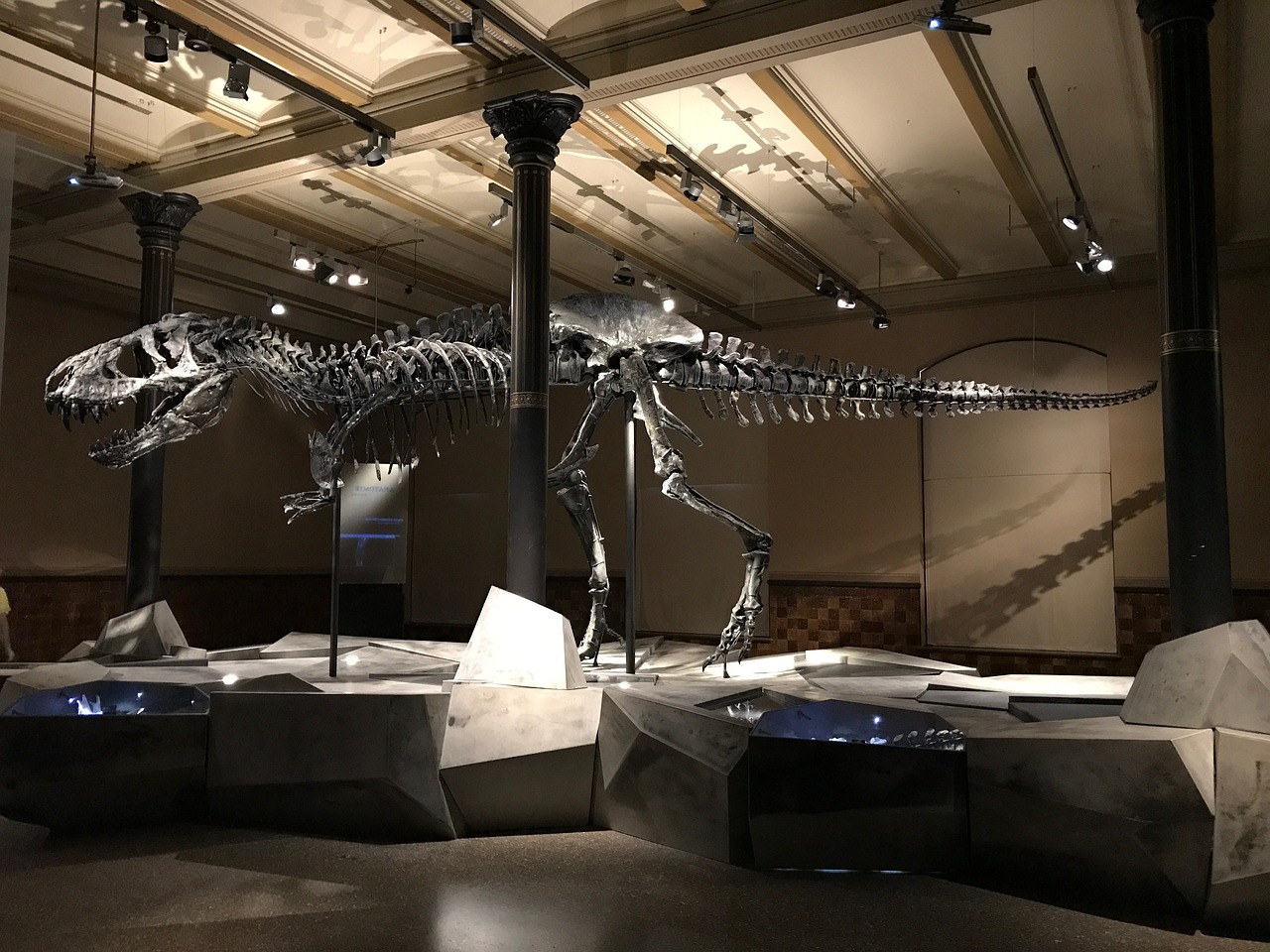
The museum’s crown jewel is undoubtedly its dinosaor gallery, where full-scale skeletal mounts tower over visitors like ancient sentinels. Here, a massive Allosaurus stands frozen in mid-stride, its powerful jaws agape and razor-sharp teeth gleaming under the lights. Nearby, the gentle giant Camarasaurus stretches its impossibly long neck toward the ceiling, a reminder of when 40-ton herbivores roamed Utah’s ancient floodplains. These aren’t just static displays – they’re carefully reconstructed ecosystems that show how these creatures lived, hunted, and died. The museum’s paleontologists have positioned each skeleton based on the latest scientific understanding of dinosaur behavior and anatomy. What makes these displays particularly special is that many of the fossils on display were actually discovered within a few hours’ drive of the museum itself, making this a truly local story of deep time.
The Green River Formation’s Ancient Lake World
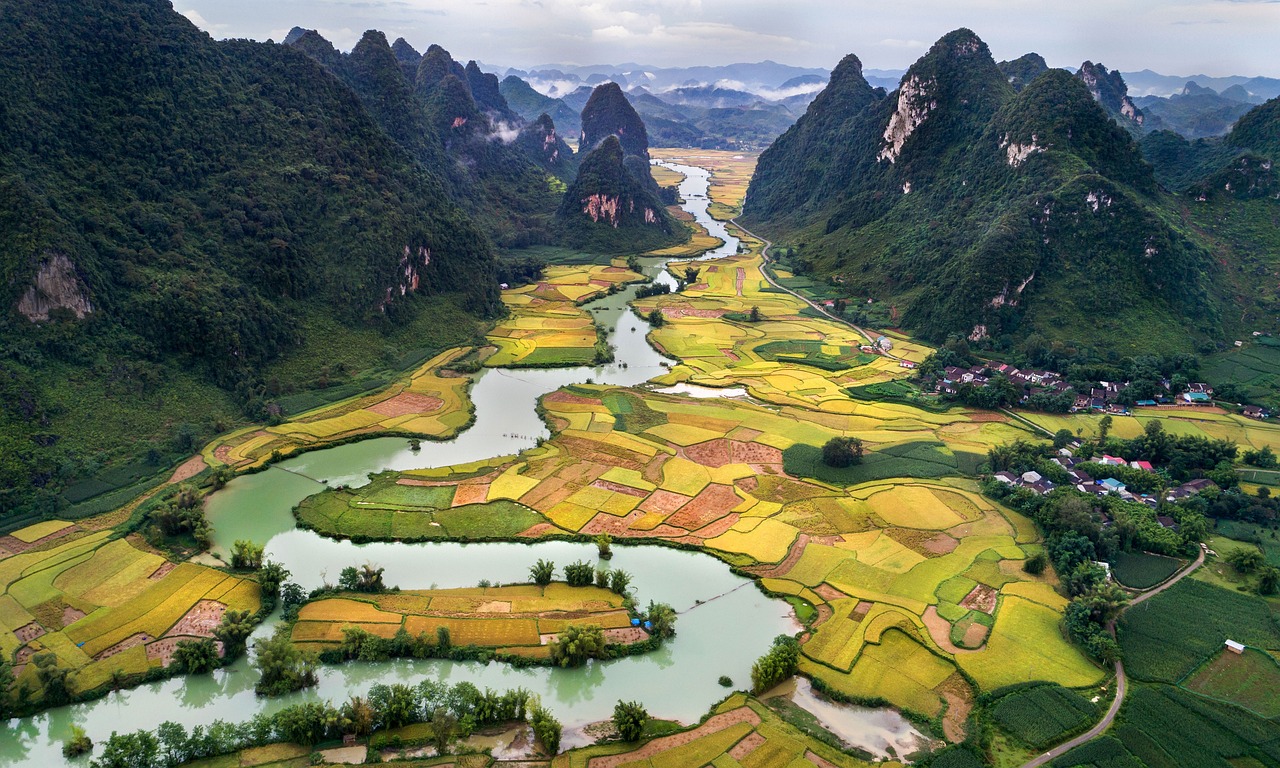
One of the museum’s most fascinating sections transports visitors back 50 million years to the shores of ancient Lake Uinta, a massive freshwater lake that once covered much of northeastern Utah. The Green River Formation preserves this lost world in exquisite detail, with fossils so well-preserved that you can see individual fish scales, delicate insect wings, and even the cellular structure of ancient plants. The museum’s collection includes stunning specimens of Knightia, a herring-like fish that died in massive numbers, creating fossil layers literally packed with perfectly preserved skeletons. Palm fronds, crocodile skulls, and even fossilized bird feathers paint a picture of a subtropical paradise where palm trees swayed in warm breezes and giant crocodiles basked along muddy shorelines. This wasn’t the Utah we know today – this was a land of endless summer, where humidity hung thick in the air and exotic creatures thrived in ways that seem almost alien to our modern eyes.
Fossil Preparation Lab: Science in Action

Behind a large window in the museum, visitors can watch paleontologists and volunteers carefully extracting fossils from blocks of stone, using tools that range from tiny brushes to precision pneumatic chisels. This working laboratory gives museum guests a rare glimpse into the painstaking process of fossil preparation, where a single bone might take months to fully expose and clean. The technicians work with the patience of archaeologists and the precision of surgeons, knowing that one careless moment could destroy a specimen that took millions of years to form. Watching them work is almost meditative – the careful scraping away of matrix rock, the gentle application of consolidants to strengthen fragile bone, and the methodical documentation of every step. The lab processes fossils not just for the museum’s own collection, but also for research institutions around the world, making it a vital center for paleontological science.
Interactive Fossil Dig Experience
The museum recognizes that the best way to understand paleontology is to try it yourself, which is why they’ve created an interactive fossil dig area where visitors can experience the thrill of discovery firsthand. Armed with brushes, small picks, and magnifying glasses, guests can uncover replica fossils buried in specially prepared sediment beds. While these aren’t real fossils, the experience captures the excitement and careful methodology of actual fieldwork. Children’s eyes light up when they brush away sand to reveal the curve of a dinosaur rib or the delicate structure of an ancient leaf. The activity teaches patience, observation skills, and scientific methodology while making the abstract concept of deep time suddenly concrete and personal. Many visitors leave with a newfound appreciation for the slow, careful work that goes into every fossil discovery.
Regional Geology Hall: Reading Utah’s Rock Story
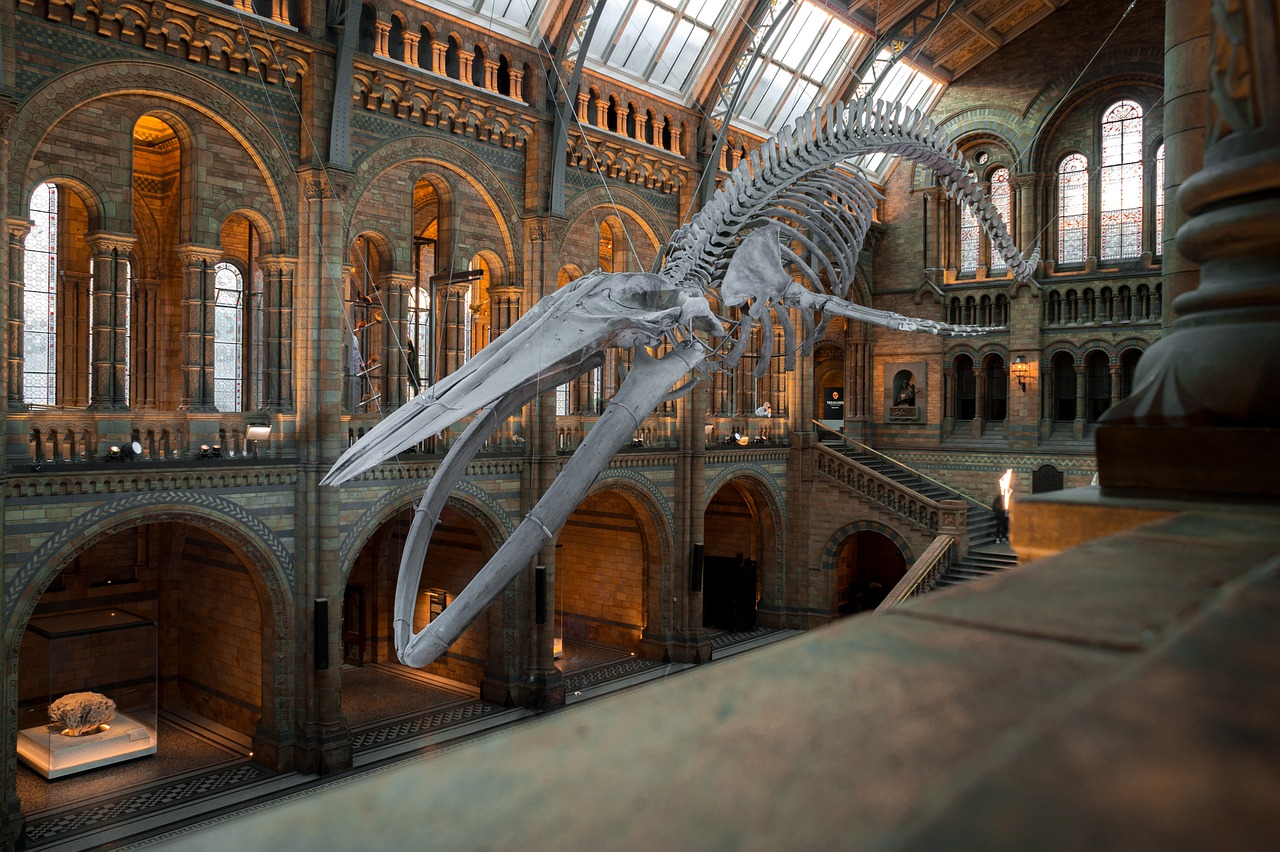
Utah’s geological story is one of the most complex and colorful on Earth, and the museum’s Regional Geology Hall breaks down this epic tale into digestible chapters. Here, visitors learn how the Uinta Mountains thrust skyward, creating the basin that would later fill with fossil-bearing sediments. Interactive displays show how ancient sand dunes became the red sandstones we see in nearby national parks, while other exhibits explain the role of ancient seas in depositing the limestone layers that cap many of Utah’s plateaus. The hall doesn’t just focus on rocks – it connects geology to life, showing how changing climates and landscapes drove evolution and extinction throughout Utah’s deep past. Rock samples from across the region let visitors touch stones that formed in tropical seas, desert environments, and river floodplains, making geological time tangible in a way that textbooks simply cannot achieve.
Paleobotany Collection: Ancient Plant Life Revealed
While dinosaurs might steal the spotlight, the museum’s paleobotany collection reveals the green foundation upon which all ancient ecosystems were built. Fossilized palm fronds from the Eocene epoch speak of times when Utah enjoyed a tropical climate, while petrified wood sections show the internal structure of trees that grew when the first dinosaurs were still small, lizard-like creatures. The collection includes some remarkable specimens of fossilized flowers, fruits, and seeds that help scientists understand how flowering plants evolved and spread across ancient landscapes. One particularly stunning display shows a complete fossilized fern frond so detailed that individual spores are still visible under magnification. These plant fossils are crucial for understanding ancient climates because plants are incredibly sensitive to temperature and rainfall patterns, making them natural thermometers and rain gauges for prehistoric worlds.
Ice Age Mammals: Recent Prehistory Comes Alive
The museum’s journey through time doesn’t end with the dinosaurs – it continues through the Ice Age, when massive mammals roamed a Utah that was cold, wet, and very different from today’s desert landscape. Here, visitors encounter the American cheetah, a swift predator that once hunted across Utah’s grasslands, and the giant short-faced bear, a creature so large it could look a modern grizzly bear in the eye while standing on all fours. Saber-toothed cats, ground sloths the size of small cars, and camels adapted to cold climates paint a picture of an Ice Age Utah that supported megafauna rivaling Africa’s modern savanna. The extinction of these giants around 10,000 years ago marked the end of an era and coincided with the arrival of the first human inhabitants. This section of the museum helps visitors understand that dramatic environmental change and mass extinction are not just ancient phenomena – they’re ongoing processes that continue to shape our world today.
Native American Heritage and Natural History

The museum thoughtfully acknowledges that human history in the Uinta Basin stretches back thousands of years, with Native American peoples developing deep relationships with the same landscapes that preserve ancient fossils. Archaeological displays show how the Ute, Shoshone, and other tribes used the region’s natural resources, from obsidian for tool-making to medicinal plants for healing. Petroglyphs and pictographs demonstrate that indigenous peoples were the region’s first natural historians, carefully observing and recording the behavior of animals and the changing of seasons. The museum presents this human story as part of the continuum of life in the basin, showing how people adapted to environmental changes just as plants and animals did over millions of years. This perspective helps visitors understand that we are not separate from natural history – we are part of it, and our actions today will become part of the fossil record that future scientists will study.
Fossil Preparation and Conservation Techniques
The science of preserving ancient life for modern study is both art and science, requiring techniques that have evolved dramatically over the past century. The museum showcases the tools and methods used to extract, clean, and preserve fossils, from traditional hand tools to modern CT scanners that can reveal internal bone structure without damaging specimens. Visitors learn about the chemicals used to strengthen fragile fossils, the plaster jackets that protect specimens during transport from field sites, and the digital techniques used to create detailed 3D models of important discoveries. The museum’s conservation lab demonstrates how fossils that might crumble to dust without treatment can be stabilized and preserved for centuries of future study. This behind-the-scenes look at museum science helps visitors appreciate that every fossil on display represents hundreds of hours of skilled labor and scientific expertise.
Temporary Exhibitions: Keeping Science Fresh
The museum regularly rotates special exhibitions that explore specific aspects of paleontology and natural history in greater depth than permanent displays allow. Recent exhibitions have focused on everything from the evolution of flight in dinosaurs to the role of ancient climate change in shaping modern ecosystems. These temporary displays often feature fossils on loan from other institutions, giving Vernal visitors access to specimens they might otherwise only see in major metropolitan museums. The rotating nature of these exhibitions means that repeat visitors always have something new to discover, whether it’s a recently discovered species or a new interpretation of familiar fossils. The museum’s exhibition team works closely with universities and research institutions to ensure that these displays reflect the cutting edge of paleontological science, making the museum a dynamic center for learning rather than a static collection of old bones.
Educational Programs: Inspiring the Next Generation

The museum’s educational mission extends far beyond its walls through school programs, summer camps, and citizen science initiatives that engage learners of all ages. School groups can participate in hands-on fossil preparation workshops, while families can join guided hikes to nearby fossil sites where they might make their own discoveries. The museum’s outreach programs bring fossils and geological specimens to schools across the region, ensuring that even students who can’t visit the museum can experience the wonder of deep time. Summer paleontology camps give young people the chance to work alongside professional scientists, learning field techniques while contributing to actual research projects. These programs have inspired countless students to pursue careers in geology, paleontology, and related sciences, creating a new generation of researchers who will continue to unlock the secrets of Utah’s ancient past.
Research Contributions: More Than Just Display
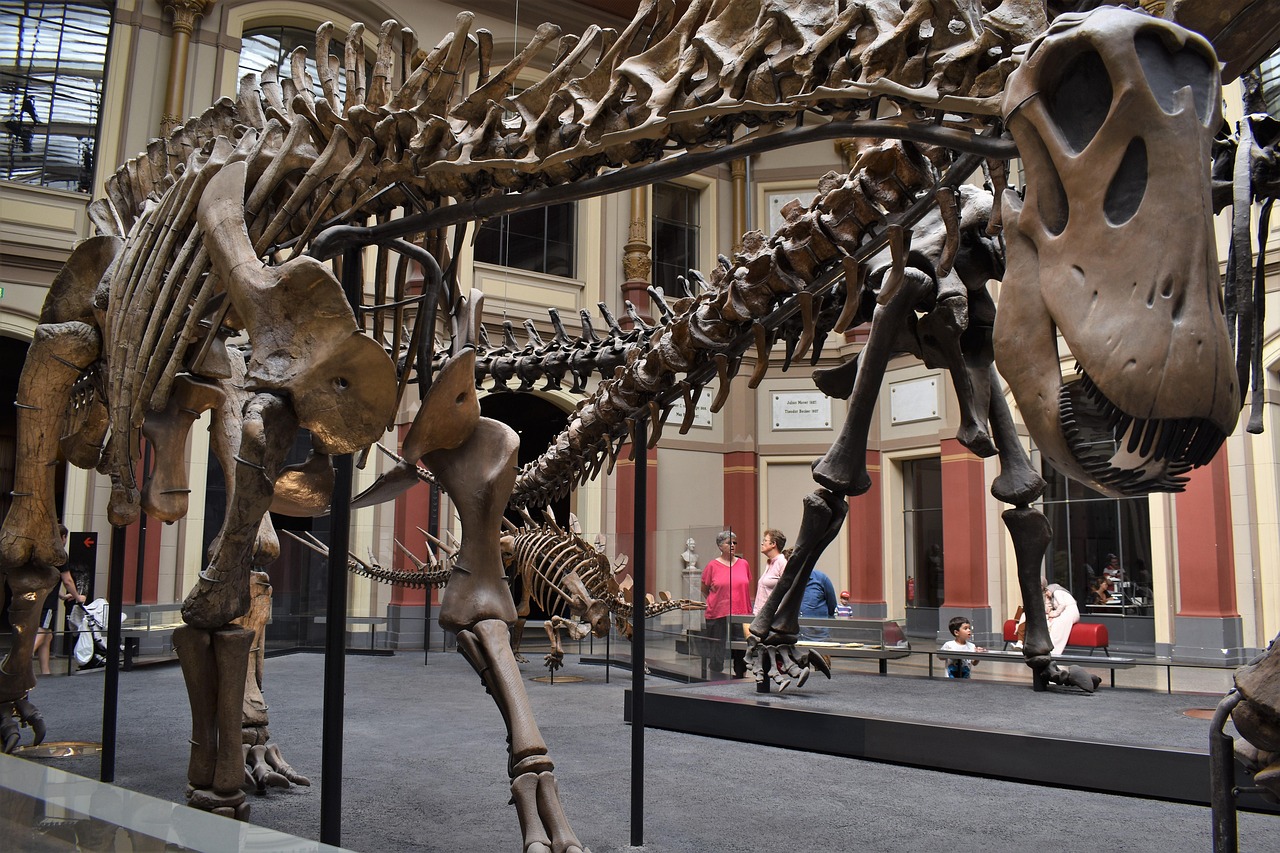
While the museum excels at public education, it also makes significant contributions to paleontological research through its collections and fieldwork programs. Museum scientists regularly publish papers describing new species discovered in the Uinta Basin, and the institution serves as the official repository for fossils collected from nearby public lands. The museum’s research database contains detailed information on thousands of specimens, making it an invaluable resource for scientists worldwide who are studying everything from dinosaur evolution to ancient climate change. Collaborative projects with universities have led to groundbreaking discoveries about how ecosystems recovered from mass extinctions and how continental drift influenced the evolution of North American fauna. The museum’s dual role as educator and research institution ensures that it remains at the forefront of paleontological science while making that science accessible to the general public.
Planning Your Journey Through Deep Time
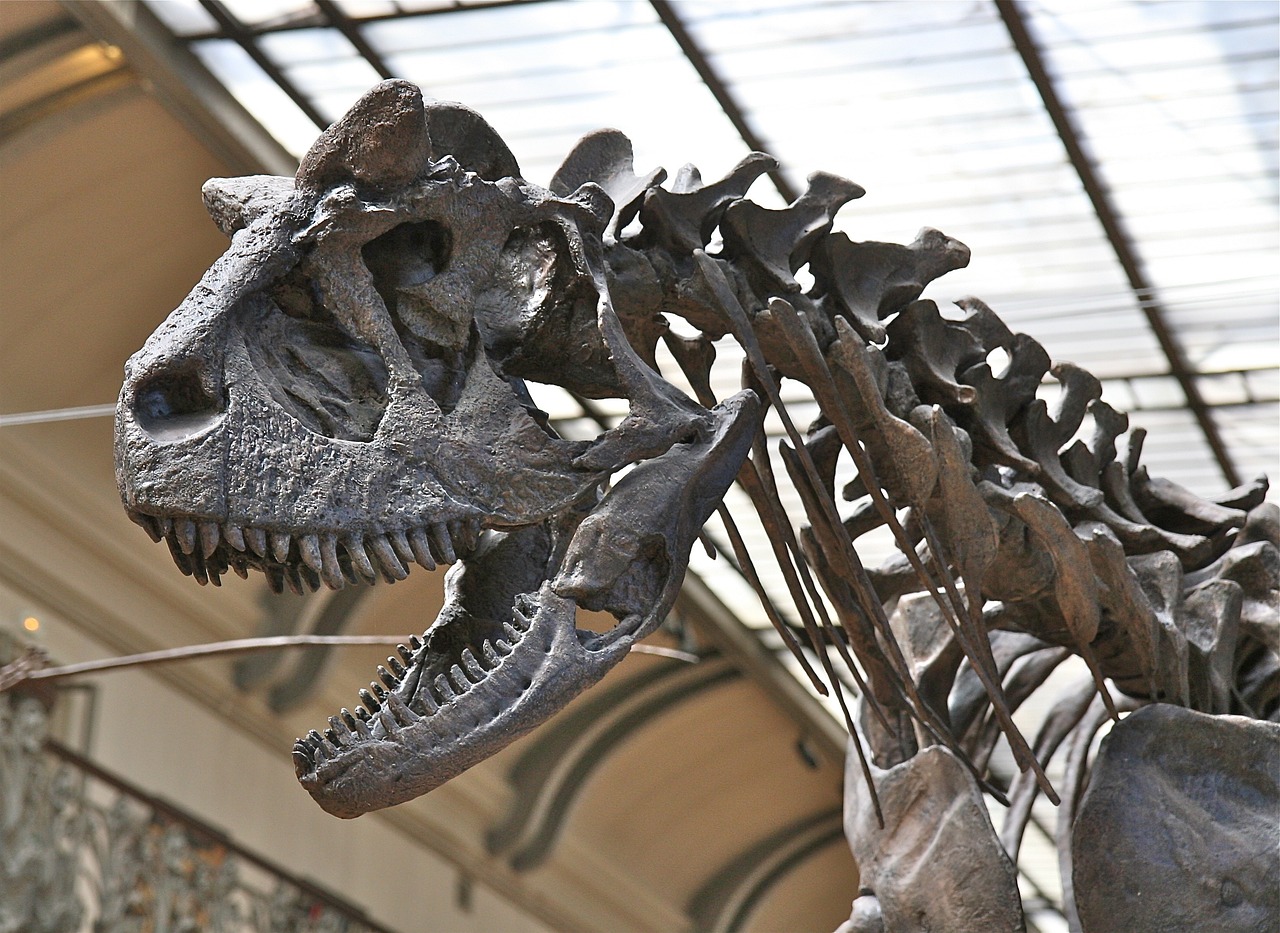
A visit to the Utah Field House Museum requires more than just a quick walk-through – this is an institution that rewards careful exploration and curiosity. Most visitors spend at least two to three hours in the museum itself, though true enthusiasts can easily fill an entire day exploring every display and interactive element. The museum offers guided tours that provide deeper insights into specific collections, while self-guided visitors can use the excellent interpretive materials to explore at their own pace. The museum shop features an outstanding collection of books, fossils, and educational materials that allow visitors to continue their exploration of deep time at home. Located in downtown Vernal, the museum serves as an perfect starting point for exploring the region’s many fossil sites, national monuments, and geological wonders, making it the ideal hub for anyone interested in Utah’s prehistoric past.
Conclusion
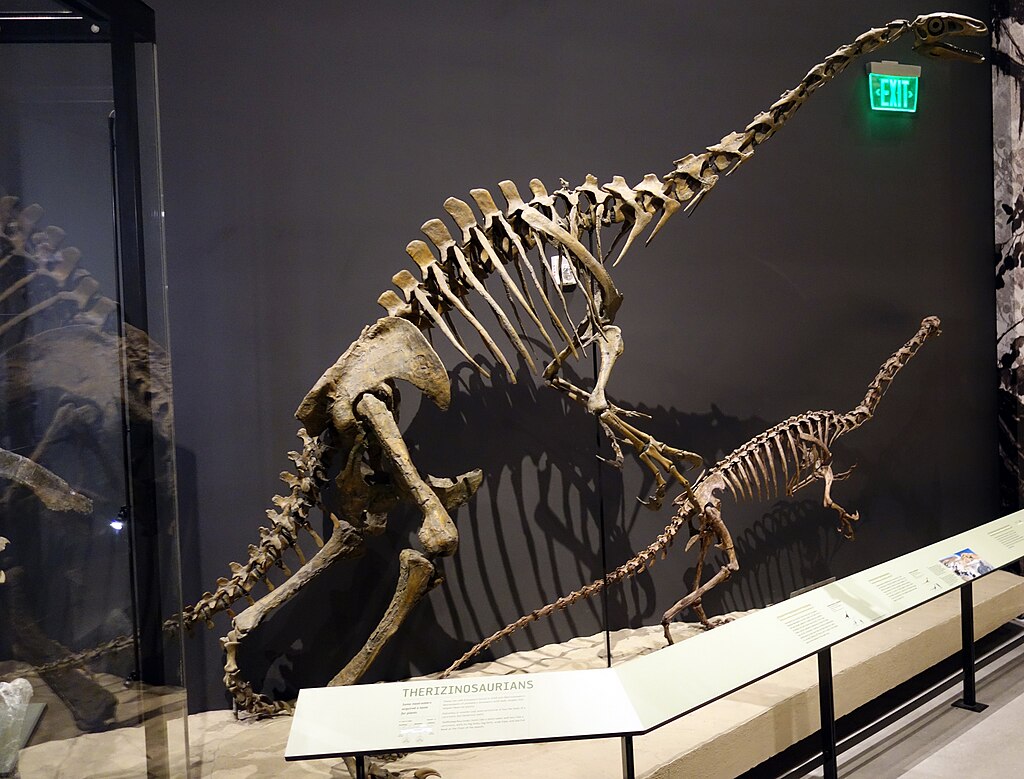
The Utah Field House Museum stands as more than just a repository of ancient bones and stones – it’s a bridge connecting us to the deep past and helping us understand our place in the ongoing story of life on Earth. Through its carefully curated displays, active research programs, and passionate educational mission, the museum transforms abstract concepts like geological time and evolution into tangible, emotional experiences that stay with visitors long after they leave. In a world where we often feel disconnected from nature and overwhelmed by rapid change, the museum offers perspective on the true scale of Earth’s history and the remarkable resilience of life itself. What stories might the rocks beneath your feet be waiting to tell?



